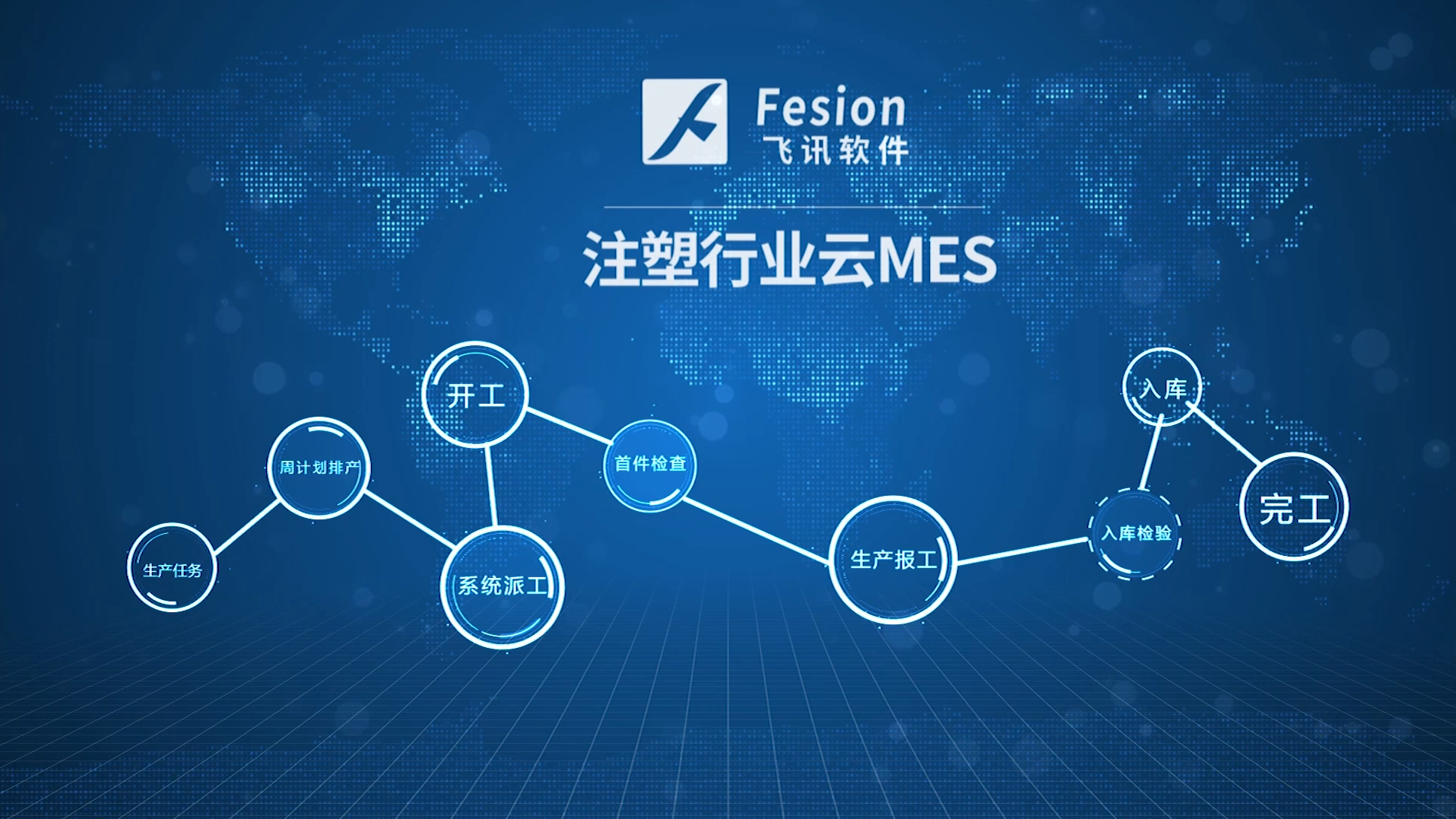进一步了解客户需求的ERP系统报价方法

Title: Comprehensive Approach to Pricing ERP Systems Based on Understanding Customer Needs
Introduction:
Enterprise Resource Planning (ERP) systems are essential tools for businesses to streamline their operations and improve overall efficiency. However, selecting the right ERP solution can be a challenging task for businesses as it requires a thorough understanding of their specific needs. In this article, we will explore a comprehensive approach to pricing ERP systems based on understanding customer requirements from multiple perspectives.
1. Initial Consultation:
The first step in understanding customer needs is conducting an initial consultation. During this phase, the ERP vendor should engage with the client to gather detailed information about their business processes, pain points, and objectives. This allows the vendor to assess how the ERP system can address these specific requirements.
2. Functional Analysis:
After the initial consultation, the ERP vendor performs a functional analysis. This involves evaluating the existing workflows, identifying inefficiencies, and determining the key functionalities required by the customer. By understanding the specific features and modules needed, the vendor can provide an accurate pricing estimate based on the complexity and scope of work involved.
3. Scalability and Customization:
Another important factor in pricing ERP systems is scalability and customization options. Businesses evolve over time, and their ERP system should be capable of adapting to changing needs. The vendor should offer flexible pricing models that align with the customer's growth plans and provide options for customizing the system as per their unique requirements. This allows businesses to pay for what they need initially while having the ability to scale up in the future.
4. Integration and Data Migration:
Most businesses already have existing systems and databases that need to be integrated with the new ERP system. The pricing should account for the complexity of data migration, integration efforts, and potential disruptions during the transition period. It is crucial to ensure minimal downtime and a smooth transition to the new system, and the pricing should reflect the resources required for this process.
5. Training and Support:
A well-implemented ERP system requires proper training and ongoing technical support. The pricing should include comprehensive training programs tailored to the customer's needs, including training materials, user manuals, and access to learning resources. Additionally, the vendor should provide post-implementation support, including troubleshooting, regular updates, and system maintenance. The cost of training and support should be transparently included in the pricing model.
6. Total Cost of Ownership (TCO):
While determining the pricing, it is important to consider the total cost of ownership (TCO) over the system's lifespan. This includes initial software licenses, implementation costs, hardware requirements, ongoing maintenance, upgrades, and potential future expansion. Providing customers with a comprehensive TCO analysis helps them evaluate the long-term investment in the ERP system and make informed decisions.
Conclusion:
Pricing ERP systems based on understanding customer needs from multiple perspectives ensures accuracy, transparency, and customer satisfaction. By conducting thorough consultations, analyzing requirements, considering scalability and customization, accounting for integration efforts, providing training and support, and presenting a comprehensive TCO analysis, ERP vendors can offer pricing models that accurately reflect the value and benefits the system brings to the customer's business. Ultimately, this approach fosters a strong partnership between the ERP vendor and the customer, resulting in successful deployments and improved business outcomes.
��Ѷ���������2006�꣬ӵ�������з����뿪��ƽ̨����һ�Ҽ���Ӫ�������졢�ɹ���ȫ��·���ǻ��������Ʒ����̺ͷ����̡���Ʒ�������ֻ����䡢����������������������˾��MRO��ERP��MES��WMS��CRM��SRM�Ȳ�ƷΪ������Ϊ�ͻ��ṩ���ǻ��������巽���滮��������ܷ�����Χ���������Ǻͳ����ǵ����������ڰ����ͻ������к�ʵ�ʳ������ɴ��С��ɴ��µ����ֻ���Ӫ��ϵ�������������Ϣ�����������ֻ��;������ܻ��������⣬Ϊ��ͬ��ҵ����ͬ��ʵ�ֲ�ͬ�ľ�ӪĿ�ꡣ























请先 登录后发表评论 ~